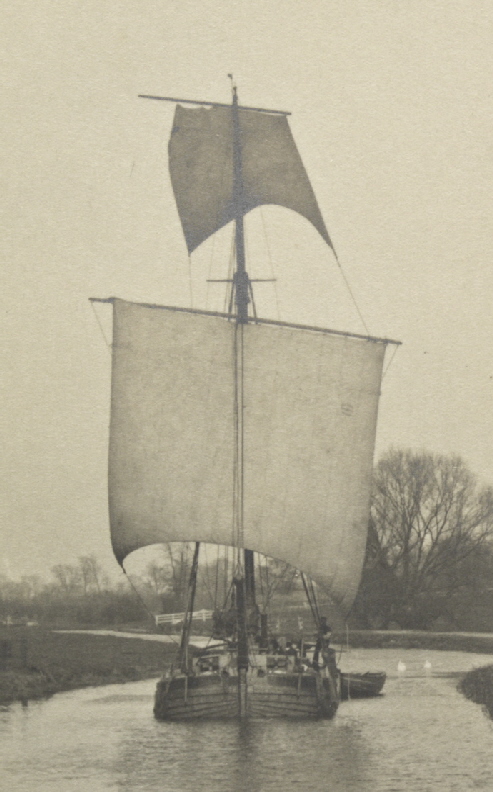|
www.sloopphyllis.com |
|
This is the story behind the 1907 Humber sloop that was to help fight two wars and join the search for the Loch Ness monster. |
|
|
|
Phyllis 1907. Loa 68ft, Beam16ft.4, Draft 7ft.4, Official Number 124785. Yard Number 60. Sail Number 26148. |
|
|
||||||||||||||||||||||||||||||||||||||||||||||||||||

|
||||||||||||||||||||||||||||||||||||||||||||||||||||
|
Updated: April 2016 |
||||||||||||||||||||||||||||||||||||||||||||||||||||
|
Sailing at South Ferriby |
||||||||||||||||||||||||||||||||||||||||||||||||||||
|
|
||||||||||||||||||||||||||||||||||||||||||||||||||||
 |
||||||||||||||||||||||||||||||||||||||||||||||||||||
|
|
||||||||||||||||||||||||||||||||||||||||||||||||||||
|
|
||||||||||||||||||||||||||||||||||||||||||||||||||||
|
Square Rigged Sloops |
||||||||||||||||||||||||||||||||||||||||||||||||||||
 |
||||||||||||||||||||||||||||||||||||||||||||||||||||
| This unique picture found in the National Library of Wales was first sent to me by Peter Brown from Market Drayton and demonstrates the common but seldom photographed practice of using square sails on a sloop for inland passages. Its known that some early keels carried a bow sprit and jib but this is clearly a sloop. The picture shows a clinker built short stemmed Humber sloop with bow sprit rigged with a square main sail and topsail. She is equipped with a pole mast (not a separate topmast) with spreaders and has no ratlines so will have normally flown a yarded or jib headed (triangular) topsail. As can be seen in this larger picture, the topsail is behind the mast (keel topsails were hoisted in front of the mast) and has been hoisted using the main topsail halyard, the yard on the main sail is very light and would not have been strong enough to use in anything but light winds. The absence of a slab-line (a line used on a keel to hoist up the bottom of the sail) is also evident. The gaff mainsail can be seen furled with the boom on the starboard side of the ship, she appears not to have leeboards on so will have passed through a lock to enter the waterway system leaving them ashore, she has however retained her cog boat. The location could well be on the Sheffield and South Yorkshire Navigation entered at Keadby from the Trent, she has just passed through a swing bridge which could be one of many on that stretch of waterway. The fact that she still has her mast and all the rigging attached would suggest that this photo is from about 1845, the reasoning behind this is the fact that glass plate photography was developed (no pun intended) in 1841 and the railway was still very much in its infancy, with no bridges to negotiate (there was only 25 miles of track in 1825 between Stockton and Darlington, the rails didn't reach Hull until 1840 and Grimsby until 1848) so would have no requirement to lower the mast. Also sloops built after 1850 were becoming more often carvel built instead of clinker or a mixture of the two. However its all a matter of conjecture as this sloop could have been built in say 1800 and still have been in service in 1860. They were built extremely robust and built to last working in all weathers. | ||||||||||||||||||||||||||||||||||||||||||||||||||||
|
Site created May 2009 |
||||||||||||||||||||||||||||||||||||||||||||||||||||
|
By Kath Jones & Alan Gardiner. |
||||||||||||||||||||||||||||||||||||||||||||||||||||
| If anyone has any memories of working for James Barraclough or have a story about working on Phyllis or any of the Barraclough barges we would like to hear from you. If you have any comments or questions on the content of the site or would like to add something to it regarding any of the sloops we would also like to hear from you.
|
||||||||||||||||||||||||||||||||||||||||||||||||||||
|
Interesting Links |
||||||||||||||||||||||||||||||||||||||||||||||||||||
| Humber Keel & Sloop Preservation Society. | ||||||||||||||||||||||||||||||||||||||||||||||||||||
| This picture has been reproduced on this site with the kind permission of ©Llyfrgell Genedlaethol Cymru / The National Museum of Wales. | ||||||||||||||||||||||||||||||||||||||||||||||||||||
| Goole Waterways Museum. | ||||||||||||||||||||||||||||||||||||||||||||||||||||
| There is a painting in the Hull Maritime Museum painted in 1860 by an unknown artist depicting "A keel in coastal waters" that is actually a Humber sloop flying a square sail in a following wind more likely through Hessle welps (an area of rough water off Hessle foreshore) so even the experts can be misled. View the painting at; http://www.bbc.co.uk/arts/yourpaintings/paintings/keel-barge-on-coastal-waters-79275 | ||||||||||||||||||||||||||||||||||||||||||||||||||||
| Dutch Barge Association. | ||||||||||||||||||||||||||||||||||||||||||||||||||||
| In The Boat Shed. | ||||||||||||||||||||||||||||||||||||||||||||||||||||
| Humber Packet Boats. | ||||||||||||||||||||||||||||||||||||||||||||||||||||
|
|
||||||||||||||||||||||||||||||||||||||||||||||||||||||||||||||||||||||||||||||||||||||||||||||||||||||||||||||||||||||||||||||||||||||||||||||||||||||||||||||||||||||||||||||||||||||||||||||||||||||||||||||||||||||||||||||||